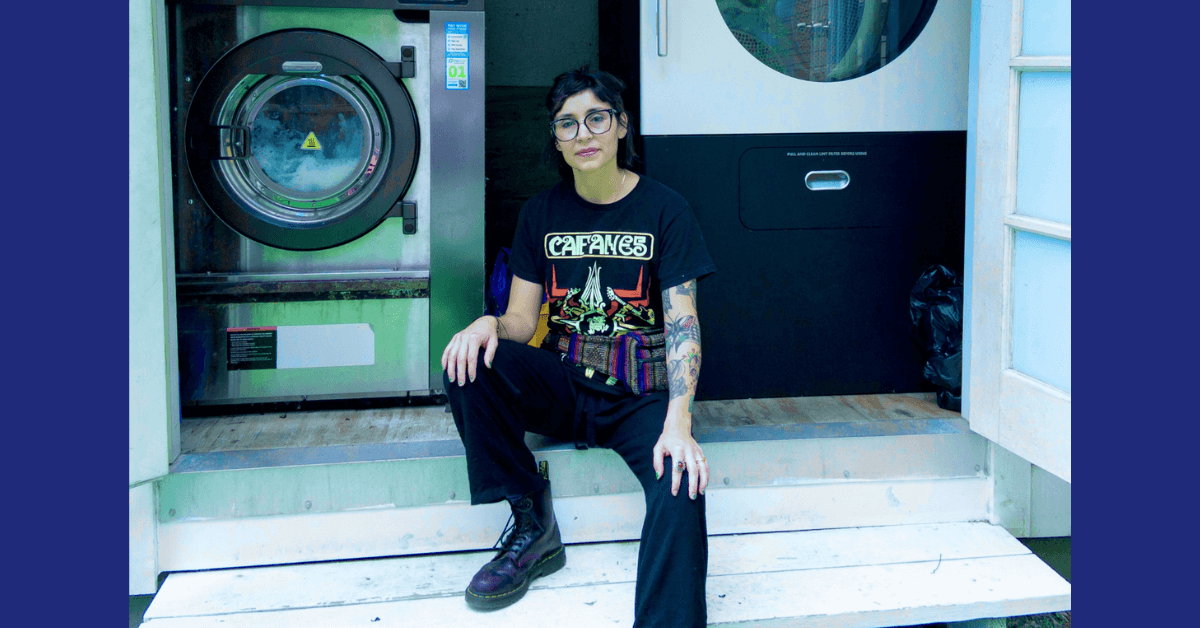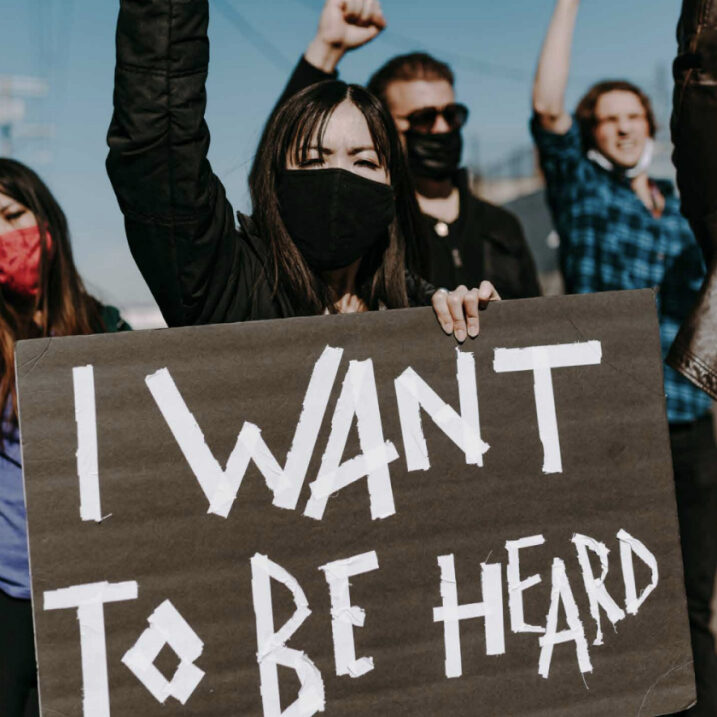
The topic of immigration has been a critical political issue since borders were built, yet immigrant voices continue to be excluded from these conversations and policymaking within the United States.
In recent years, we’ve seen a surge of media coverage discussing an appalling scene at our border: refugees are being arrested and locked away in immigrant detention facilities, and many parents are being forcibly separated from their children.
In the introduction to Underground America, editor Peter Orner writes, “We hear a lot about these people in the media. We hear they are responsible for crime. We hear they take our jobs, our benefits. We hear they refuse to speak English. But how often do we hear from them?”
In the following excerpts from Underground America, we get a glimpse into firsthand experiences from those who have been locked in immigrant detention facilities. Their full stories, available here, offer readers the opportunity to experience the day-to-day realities of undocumented immigrants living in the United States, challenging stereotypical views that are all too common in discussions around immigration.
For teachers looking for resources to discuss the topic of immigration with students, we have just released updated lesson plans for Underground America, including resources for teaching English language learners. You can download these lesson plans for free here.
Saleem
The next day they took me to the Metropolitan Detention Center (MDC) in Brooklyn, New York. All of my life, I have never showed my body to anyone. They made me strip completely. They put me in maximum security. That place is for dangerous criminals and I didn’t belong there. My case was only an immigration violation. It should have been resolved in three or four days.
I never thought that it could happen to me. Neither my father nor grandfather has ever been in such a situation. We are not that kind of people. I didn’t speak English and I didn’t have a cellmate who could help translate for me. I was completely confused. My biggest concern was my children. Who would support my children if something happened to me?
I stayed in the high security jail for one and a half months. After I got to the general population unit at the MDC, I was able to call my wife in Pakistan. She just cried. My kids did not have the courage to talk to me. I appeared in court in February 2002 and told the judge that I want to leave. A few months later, I was deported to Pakistan. If they were going to deport me, why they did not deport me in the beginning?
After staying in jail, my back muscles have stopped working. I have the sugar disease. The tension elevated my sugar levels. When I came back to Pakistan, I checked my sugar, and it was 429 points. It should be about 120 to 130 points.
Nsombo
They call it detention in the U.S., but it is a jail. When you arrive, they put you in a cell by yourself. They give you a physical examination, take your clothes off, and give you jail clothes. In this section, you don’t see other people. After many hours, they move you to a big room called “the pot.” Here, people play checkers or cards or talk to each other. You feel relieved to be with other people.
At five in the morning, they wake you up with a loud noise. At five-thirty, you have about fifteen minutes to eat. Then: “Everybody back in the cell!” The temperature is never adjusted. You wear a jumpsuit and this is all you have. Some nights they give you a cover but other nights you just sleep in your jumpsuit.
You can write letters if you have an address to send the letter to, or make a collect call if you have a number. But if you don’t have any contacts, no one to call, you just wait. Even if you have a lawyer, your contact is very limited. But still, people go to court almost every Friday. Sometimes they come back without being seen by the judge. Your picture goes to the judge before the person is called. Color plays a big part. If your skin is whiter, you’re treated differently.
Diana
The ICE agents told us we were going to be detained. I was treated worse than any of my coworkers, grabbed and pushed around like a criminal. It really bothered the agents that I wouldn’t tell them what they wanted. They put shackles around our arms and legs and took us to a jail in New Orleans—an hour away. We were chained together at the waist, one after the other in a single file.
At New Orleans there were prisoners who were American women. We were separated from each other: the immigrants in one group, American citizens in the other. They treated us horribly. My lawyer had come to look for me at the jail in New Orleans but she never found me. I think that’s because the ICE agents were retaliating against me for not cooperating with them. It was terrible there. But it was better than the place they sent us next.
We were transferred to another jail in Tensas Parish. I think that prison was strictly for men. I don’t know why they put women there. In the jail in Tensas we were treated the same way they treated terrorists in Peru, terrorists who had killed people. On the ride from New Orleans, we were chained up. We traveled for five hours with those shackles on our hands and feet, unable to move. If you had an itch you couldn’t do anything about it.
Elizabeth
They treated me like I was a criminal. They didn’t give us anything to eat. I was there with other women, and they were asking for something to eat, and the officers threw two boxes of uncooked lasagna at us. “Eat, if you want,” they said. “You’re not in a hotel.” We were all crying. They treated me very badly. People who hurt me—they never went to jail. I didn’t hurt anybody, so I don’t think I deserve that kind of treatment.




